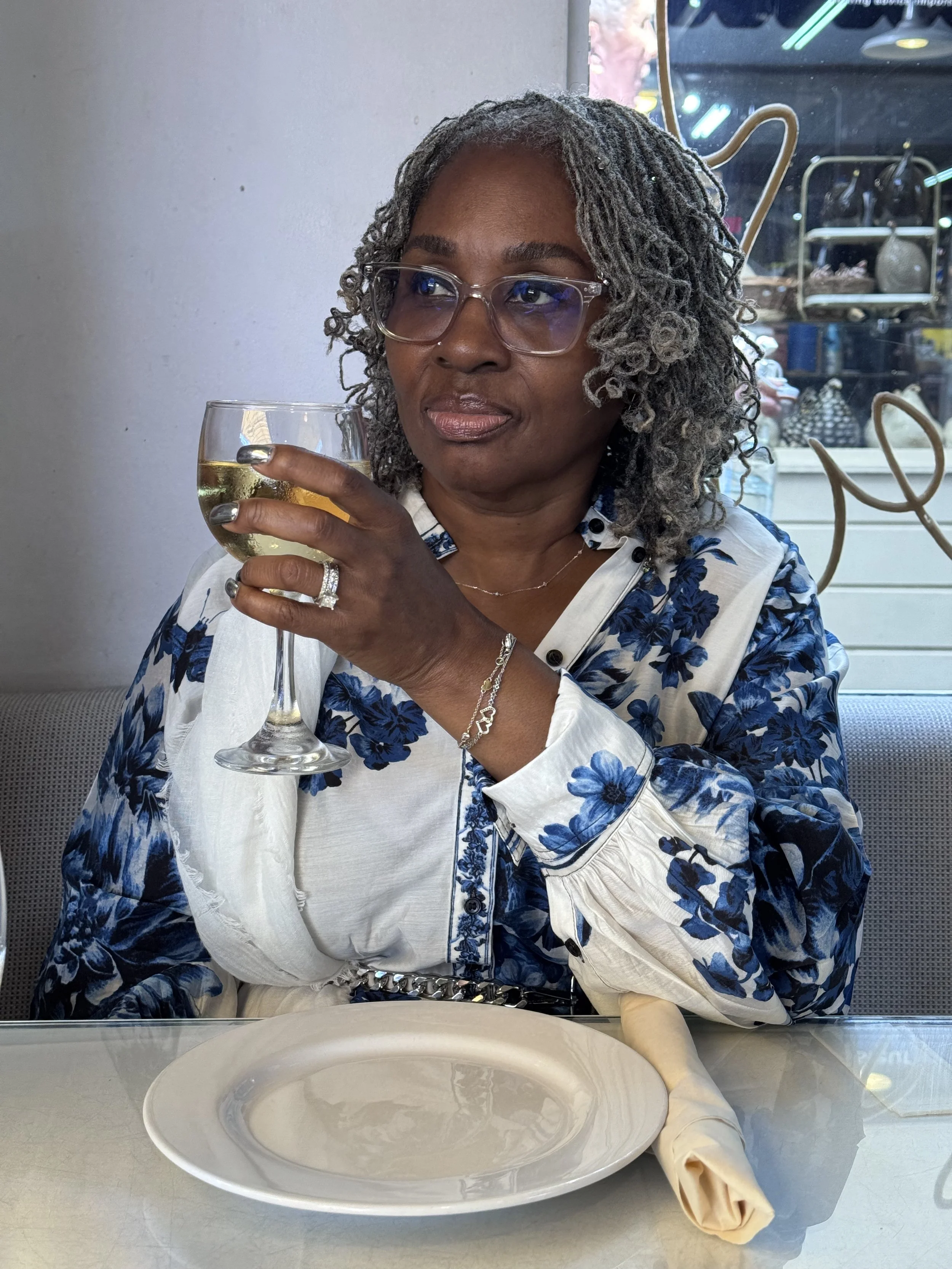Sounds of Inclusion: How Hearing Devices Reconnect Us to Music and Media
Music and Hearing loss
Orchestra ensemble rehearsing in preparation for their upcoming performance.
For those with hearing loss, one of the most profound disconnections can be from music - those melodies that once stirred our emotions, marked milestones in our lives, and connected us to our cultural identities. Television shows and movies, with their complex audio mixing of dialogue, music, and sound effects, can become similarly frustrating experiences.
A young man reclining comfortably while wearing headphones.
According to the National Institute on Deafness and Other Communication Disorders (NIDCD), approximately 15% of American adults (37.5 million) report some trouble hearing. For many, this means not just missing conversations but losing the richness of musical experiences.
The Science of Music and Hearing Loss
Music signs: Clear, bright signs with icons and arrows. Simple text guides visitors. Professional, consistent, and user-friendly design.
Music appreciation involves complex processing of various sound frequencies, timbres, and dynamic ranges. When hearing loss occurs, certain frequencies may become difficult to perceive, altering how music sounds.
Research from the Hearing Health Foundation indicates that people with hearing loss often report that music sounds "tinny" or lacks the fullness they once experienced, particularly missing the richness of bass notes and the clarity of higher frequencies.
A researcher looking for information in a library.
The Johns Hopkins Medicine resources on hearing loss explain that music perception requires both the ability to hear sounds and the brain's capacity to process and interpret these sounds. Even with hearing devices, the brain needs time to relearn how to appreciate music through the new auditory input.
The Transformative Power of Hearing Technology
iPods compatible with Bluetooth for wireless listening.
Modern hearing technologies have revolutionized the experience of music and media for those with hearing loss:
- Hearing aids with music-specific programs that adjust settings for optimal music enjoyment
- Cochlear implants with specialized processing strategies for music appreciation
- Assistive listening devices that can connect directly to televisions, stereos, and mobile devices
- Bluetooth-enabled devices that stream audio directly into hearing aids
- Apps that provide real-time captioning for television and movies
Personal Testimonials: Rediscovering the Joy
A podium positioned in front of a brick wall, equipped with a microphone.
As shared in my personal experience on my social media platform, hearing En Vogue's "Hold On" with my hearing aids was a revelation. I could finally distinguish the different vocal harmonies that had previously blended together. When I listened to DeBarge's "All This Love," I could separately hear each instrument while still appreciating how they worked together - bringing back warm memories and emotions I hadn't fully experienced in years.
This emotional reconnection to music isn't unique. Many people with hearing loss report similar experiences after being properly fitted with hearing devices:
The author in a blue and white dress sits quietly, her distant gaze reflecting deep thought. The soft folds of her dress catch the light, revealing calm before inspiration.
"I cried when I heard the violin parts in my favorite classical piece again. I had forgotten they were even there." - From Hearing Loss Association of America testimonial
Strategies for Maximizing Musical Enjoyment
If you're using hearing devices and want to enhance your music and media experience:
- Work with your audiologist to create custom programs specifically for music appreciation
- Experiment with different streaming devices and connection methods
- Try repositioning speakers to find the optimal listening environment
- Consider using additional technologies like loop systems for home theaters
- Give yourself time to adjust - your brain needs to relearn how to process music through your devices
- Start with familiar music that you remember well from before your hearing loss
The Social Dimension
Live music signage
Beyond personal enjoyment, reconnecting with music and media has profound social implications. As noted by researchers at Johns Hopkins, untreated hearing loss can lead to isolation and loneliness. Being able to participate in conversations about the latest shows or share musical experiences with friends and family creates valuable connections.
The ability to engage with popular culture through music and television helps people with hearing loss feel included in the broader social fabric. This inclusion is especially important for maintaining mental health and cognitive function as we age.
Looking to the Future
A transparent ball featuring blue and yellow accents set against a solid blue background.
Technology continues to evolve, promising even better experiences for those with hearing loss
- AI-powered sound processing that can separate speech from background noise
- More sophisticated music-specific algorithms in hearing aids
- Expanded streaming capabilities and connectivity options
- Greater integration between hearing devices and smart home entertainment systems
As advocacy efforts like those from the Hearing Loss Association of America continue to raise awareness, we can expect more inclusive design in both technology and entertainment venues, making music and media more accessible to everyone.
Resources for Further Exploration
For more information about hearing loss and music appreciation-
NIDCD Quick Statistics About Hearing
https://www.nidcd.nih.gov/health/statistics/quick-statistics-hearing
- Hearing Health Foundation: Hearing Loss & Tinnitus Statistics
https://hearinghealthfoundation.org/hearing-loss-tinnitus-statistics
- Hearing Loss Association of America
https://www.hearingloss.org)
- Visit my website for more resources and personal stories http://www.valeciaadams.com
Blessings,
Coach V.









